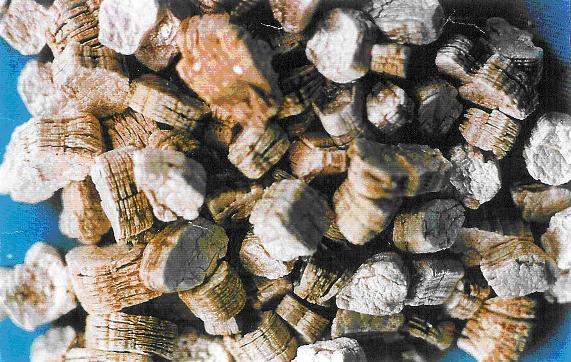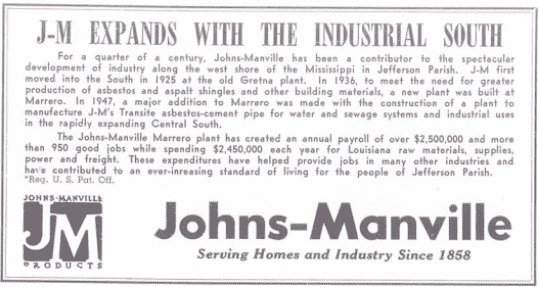Upcoming ADAO Congressional Briefing
If you’re reading this, you know about asbestos and the devastating impact it can have on lives. Due to the recent passage into law of extensive reforms to the Toxic Substances Control Act (TSCA), a ban on asbestos in the US is promising. However, the need to capitalize on this momentum with senators is imperative. …


